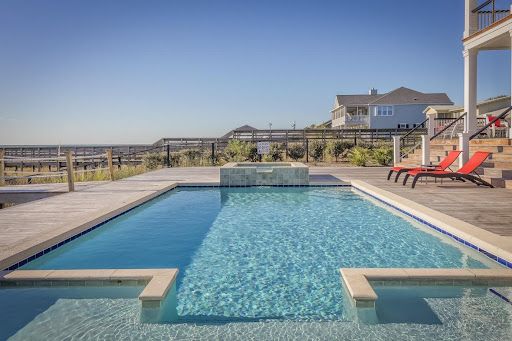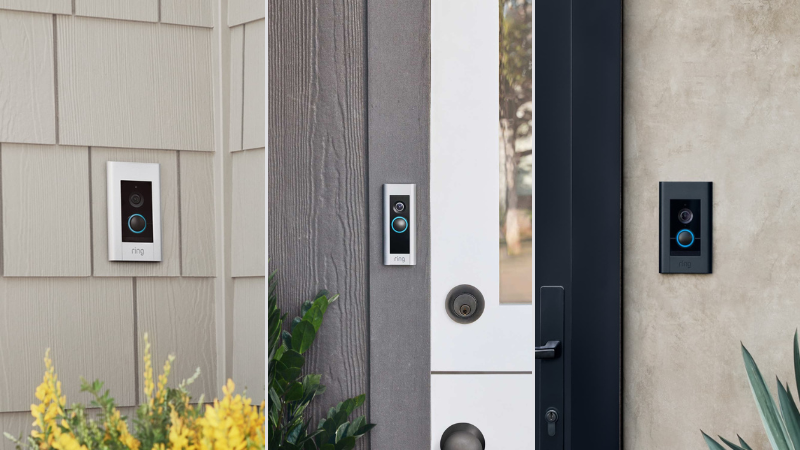A swimming pool is the ultimate backyard addition. It enhances your home’s value and allows you to enjoy your outdoor area fully. However, installing a swimming pool is a significant undertaking. Before you can consider designs, you must familiarise yourself with the rules and regulations governing pool construction. However, even pool construction completion doesn’t signify that it is time to dive in and go for a swim. Instead, there are a few formalities you must take care of before your pool is rendered safe and approved for use.
One of the primary pieces of oversight has to do with pool occupancy. It may sound strange, after all, you won’t be living in your pool, but pool occupancy has more to do with safety regulations and the structure’s adherence to them. Therefore, before you go any further, here are some things you must know about the compliance of your pool.
Did you Know That you Cannot Swim Without a Certificate of Occupancy?
An Occupation Certificate is a document circulated by the NSW Swimming Pool Register. It primarily targets property owners that sell or lease any property with a swimming pool or spa. From 29th April 2016, properties with pools must follow these crucial points:
- After 29th April 2016, all properties with a swimming pool or spa that are up for sale or lease will need a valid certificate of compliance, a relevant occupation certificate, or a certificate of non-compliance.
- A certificate of non-compliance will allow a seller to transfer the responsibility for obtaining a certificate of compliance to a buyer.
- To enact this transfer, the seller must attach a certificate of non-compliance to the sale contract.
- Selecting a registered certifier is the pool owner’s responsibility. In addition, the builder will not object to the owner’s selection of a particular certifier.
In addition, the following are more things you must be aware of to ensure occupation certificate compliance for your pool:
1. Signage for Pools Under Construction or Renovation: It is mandatory that all pools under construction display a sign stating: “This swimming pool isn’t to be occupied or used”. You can remove the sign upon the issuance of an occupation certificate or a certificate of compliance. Failure to follow this edict will result in disruption of the entire construction process and further damages.
2. Pier Inspection: If your pool needs piering because of Water Board or Easement requirements, you must immediately book a pier inspection during excavation. After that, you must hand the results over to the certifier.
3. Screw Piles: The contractor must present a certificate of adequacy. They must present this document to the certifier if they discover that screw piles are unquestionably necessary for your pool. It is essential to know in advance if your pool needs this compliance so as to prepare adequately.
4. Steel Inspection: Steelworks occur after excavation. Afterwards, the certifier/council inspects the steel pattern as per engineering. They must grant approval before the day of the concrete spray. In the majority of cases, certifiers require an engineering certificate. Therefore, inspecting the steel itself may not be adequate. If needed, it is important to pre-book this inspection to avoid lengthy delays before concrete spray, leaving the site vulnerable to wet weather.
5. Earthing The Pool Steel: In earthing pools, the pool builder installs an earth wire that they typically tie at the skimmer box. In addition, to avoid electrocution, glass fencing and steel fixtures are required to be earthed if your pool fence lies within 1.25 meters of water. At this stage, your electrician needs to be well-versed in the electric compliance certificate wiring rules AS 3000. Then, if they successfully perform the earthing, they should give the certificate to the certifier.
6. Filtration Enclosure: To meet final compliance, you must enclose equipment in a soundproof enclosure box. Although it is meant for outdoor use, it needs shielding to prevent reduced filtration and, ultimately, an inconvenient and unpleasant algae bloom.
7. Fence Inspection: To restrict unauthorized entry and safeguard your pool from possible damages, you must ensure that the following things remain on your checklist to attain proper compliance:
- Mount an approved CPR sign somewhere inside the pool area. Many people opt to do so on the shallow end of the pool.
- Ensure your pool gate is self-closing and that the gate opens outwards from the pool.
- Check that no gaps under the fence exceed 100mm.
- Test the latching mechanism’s height – it must be 1500mm above the ground.
- Make certain that your pool fences are 1200mm high measured from outside the structure. This height measurement is taken from the ground level or any surface within 500mm of the fencing.
- Search for and eliminate any climbing hazards outside your fences - this list includes furniture, pots, and fixed structures that should be moved out of the climb zone.
- Get rid of trees, vegetation, and hedges. They can be used as climbing implements.
- A boundary fence as part of the enclosure must be at least 1800mm tall and entirely free of climb positions.
- Make sure to keep all other activities away from the pool enclosure. Therefore, no BBQ or dining area, clothesline, cubby/play house, or trampoline.
- Your glass fence installer must provide a glazing certificate to the certifier. Doing so ensures that the fencer has used the correct quality of glass and that it is unlikely to explode.
- You must not have any doors or windows from the house or other outbuildings opening directly onto the swimming pool area.
- There must be no obstructions or vegetation within a 900mm arc from the top of the pool area’s boundary fence.
8. External Areas: There must be no holding dividers or decks built around the pool without previous endorsement from the council. Moreover, other surfaces may not meet compliance codes according to softscape and hardscape proportions.
9. Basix Compliance: If you have a large pool, then you are most likely subjected to Basix. Therefore, the NSW government stipulates certain obligations in terms of water conservation measures that you must carry out. For example, you must install a 1426 Litre rainwater tank that collects from at least 210sqm of roof area. You must also install a tap within 10 meters of the swimming pool.
10. Final Inspection: This occurs after you satisfy various conditions, including the certifier’s notation that all factors mentioned under the fence inspection stage are compliant, your pool is filled with water, and your handover is complete—the final inspection results in the issuance of the final occupation certificate.
PLEASE NOTE: It is ILLEGAL to occupy your swimming pool without the Final Occupation Certificate. Failure to adhere to this rule is PUNISHABLE by law.
These are the Documents you Need so That the Final Occupation Certificate can be Issued:
- OC Application form – both owners must fill and sign this form.
- Glazing Certificate – the fence installer must issue this document if the fence is made of glass.
- Electrical compliance certificate demonstrating adherence to wiring rules AS 3000 (must include pool earthing).
- Swimming Pool Registration Certificate – register via the government’s online portal before sending a copy to the certifier.
11. Specific Requirements: Some endorsements have particular conditions over and above the list and are limited to your site approval. However, the certifier will inform you of these requirements, which may include sign-offs, engineer certifications, and identification surveys prepared by a registered surveyor.
12. Re-inspections: Any unsatisfactory or failed inspection is subject to re-inspection and might sustain a re-inspection fee plus GST.
13. Selling Your Property: Your copy of your Final Occupation Certificate safe is a valuable asset when selling your property. Therefore, keeping it safe is crucial. In the event that you lose it, you may incur a charge from the council for another copy. In addition, the process of retrieving the document may delay your home-selling process. On the other hand, failing to attach the certificate to your sale contract entitles the buyer to rescind the contract at any point within 14 days of the exchange.
As you install your swimming pool, it is important to ensure that your account for every possible detail. Moreover, remember that everything from the proper foundation and correct materials to the appropriate paperwork is crucial during construction and afterwards. Therefore, you must be diligent in selecting the right pool builders to undertake the process. In doing so, you ensure that your pool construction partner is well-versed in the proper procedures and accompanying paperwork needed to certify that your swimming pool is in compliance.
If you heed these details, you can guarantee that your local certifier will issue a Certificate of Occupancy as soon as the installation professionals complete the handover process.







